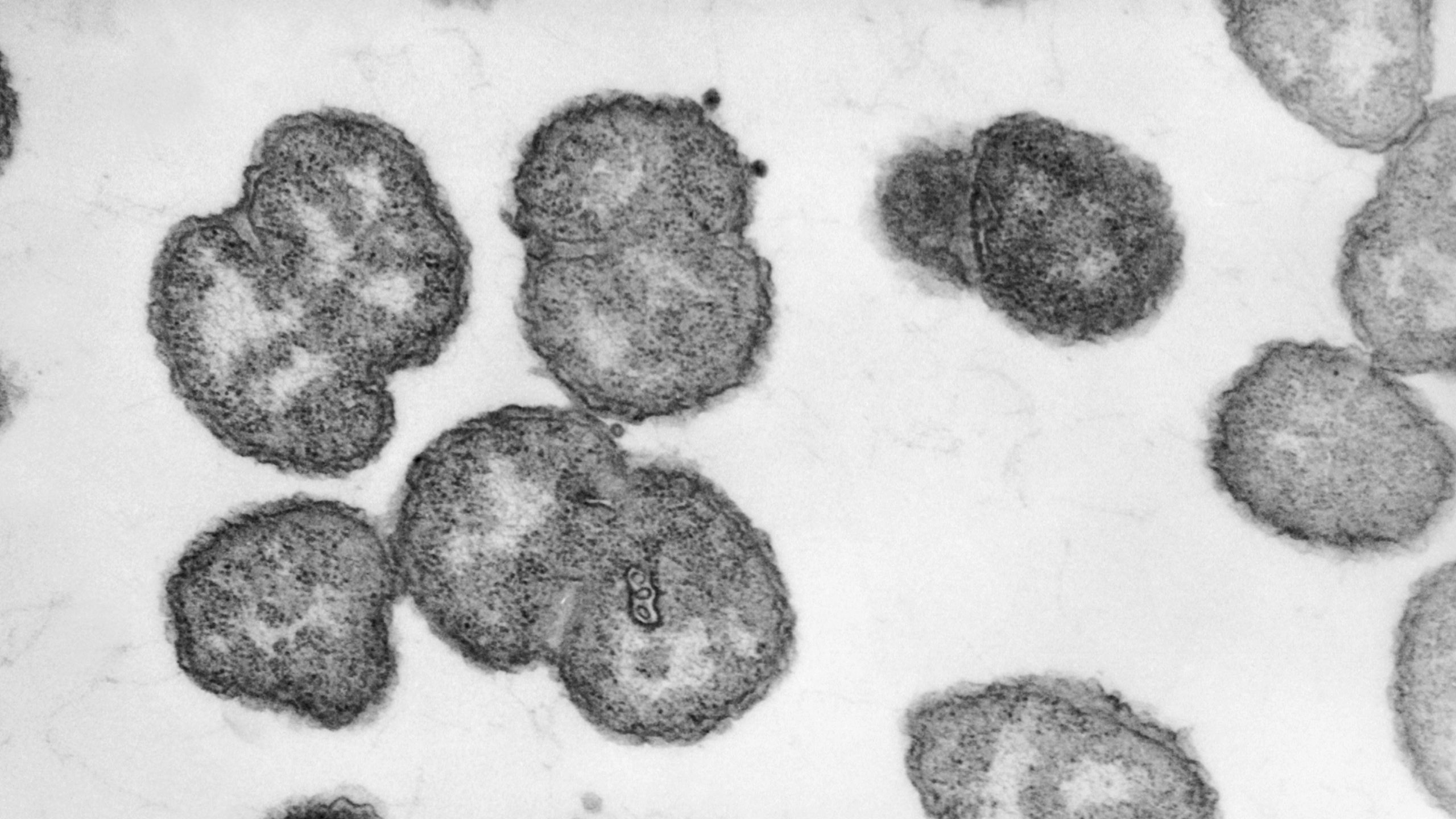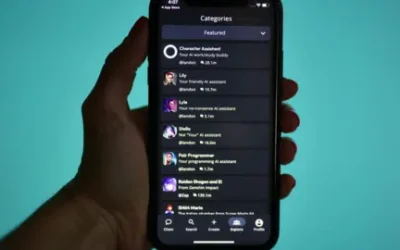In San Antonio, Texas, the case involved a three-year-old boy.
A 1984 case report details a pivotal moment involving the patient’s mother, a microbiology lab technician whose professional duties included collecting dishes of clinical samples from various physicians’ offices. On one particular day, as she carried out these collection rounds, her son was present in the vehicle with her.
A routine stop to unload groceries took an alarming turn for a mother recently. After purchasing items at a store and driving home, she briefly left her son in the parked car while she brought her purchases inside. Upon returning to the vehicle, she made a startling discovery: her son had crawled into the backseat, where clinical cultures were stored, and had consumed most of the contents from one of the lab dishes.
The dish in question contained “chocolate agar,” a distinctive brownish culture medium specifically formulated for bacterial growth. This unique substance is derived from split-open red blood cells. While its name is purely descriptive of its color and contains no actual chocolate, the report indicated that its appearance could have still seemed deceptively appealing to a child.
Following the incident, the child’s mother promptly brought him to their family doctor. An immediate analysis of the residual material from the lab dish revealed the presence of *Neisseria gonorrhoeae*, the bacterium responsible for gonorrhea.
This critical finding prompted doctors to closely monitor the boy for any signs of bacterial infection in his throat. For nearly a week after consuming the agar, throat swabs consistently tested negative for *N. gonorrhoeae*. While no test was conducted on the seventh day, a significant development occurred on the eighth day when a subsequent test confirmed the boy had contracted the bacteria.
While the report did not specify if the boy exhibited any symptoms, oral and pharyngeal gonorrhea infections often present without noticeable signs. When symptoms do emerge, however, they can include swollen lymph nodes, along with redness and soreness of the throat. Untreated, the infection poses a risk of serious complications, such as bloodstream infections or detrimental alterations to the immune system.
At the time, medical professionals addressed the infection by following the Centers for Disease Control and Prevention’s (CDC) prevailing guidelines. This protocol involved administering intramuscular injections of the antibiotic procaine penicillin G.
However, the landscape of gonorrhea treatment has since evolved dramatically. Today, penicillin G is no longer a recommended therapy for gonococcal infections. This shift is primarily due to the widespread emergence of antibiotic resistance, with numerous strains of *N. gonorrhoea* circulating in the U.S. having developed immunity to the drug’s effects, thereby rendering it ineffective.
The young patient was administered probenecid, mixed into ice cream, to bolster the efficacy of prescribed antibiotics. Probenecid works by delaying the body’s clearance of these antibiotics, thereby extending their therapeutic impact. This treatment strategy, detailed in the report, led to a prompt cure, with subsequent tests confirming the boy was clear of the bacteria.
Gonorrhea is primarily known as a sexually transmitted infection, typically spreading through exposure to infected semen or vaginal fluids. Consequently, a diagnosis of the infection in children often raises immediate and serious concerns of sexual abuse.
However, this particular medical case presented a striking departure from the norm. Doctors documented an exceptionally rare instance of non-sexually transmitted gonorrhea, with investigations meticulously tracing the infection back to exposure to laboratory cultures.
Laboratory exposure has previously been identified as a route for gonorrhea infections; one notable case involved a lab technician contracting *N. gonorrhoeae* in the eye while conducting experiments with the bacteria. However, this particular mode of transmission is highly unusual for pediatric patients. Children are typically not present in environments where they might inadvertently come into contact with *N. gonorrhoeae* cultures.
Beyond underscoring the vital importance of safety protocols in scientific inquiry, the case also serves as a potent reminder of the inherent dangers associated with leaving children unsupervised in vehicles, the report authors added.
Here are a few options, maintaining a clear, journalistic tone:
**Option 1 (Direct and informative):**
“For readers seeking further insights into complex and compelling medical cases, explore the extensive collection within our ‘Diagnostic Dilemma’ archives.”
**Option 2 (Action-oriented):**
“Delve deeper into fascinating clinical challenges by accessing the comprehensive ‘Diagnostic Dilemma’ archives.”
**Option 3 (Emphasizing depth):**
“Discover a wealth of additional intriguing medical scenarios and diagnostic puzzles in our ‘Diagnostic Dilemma’ archives.”







